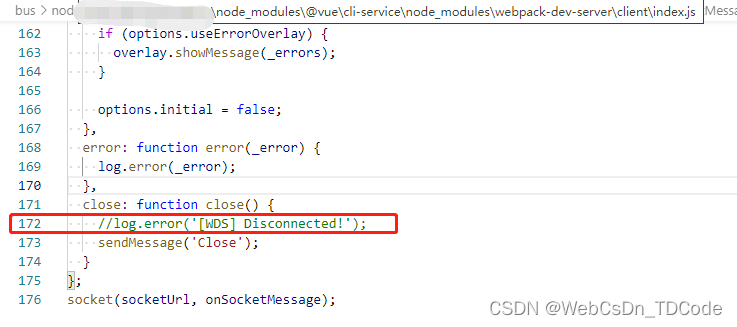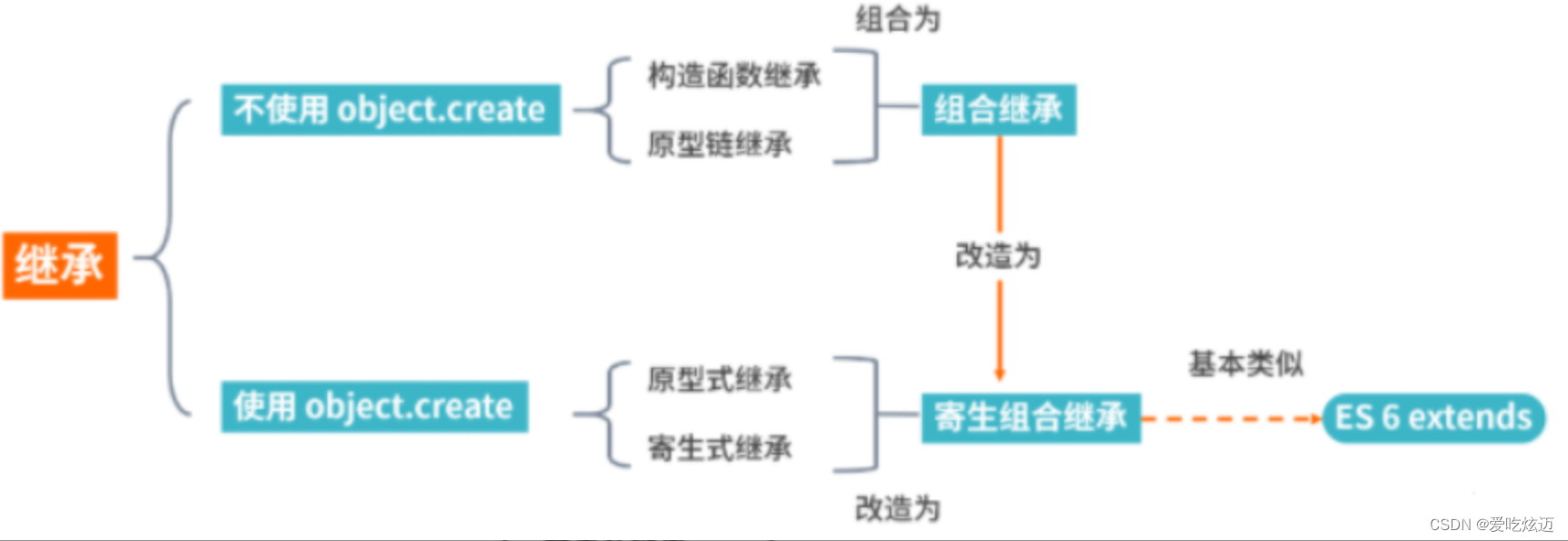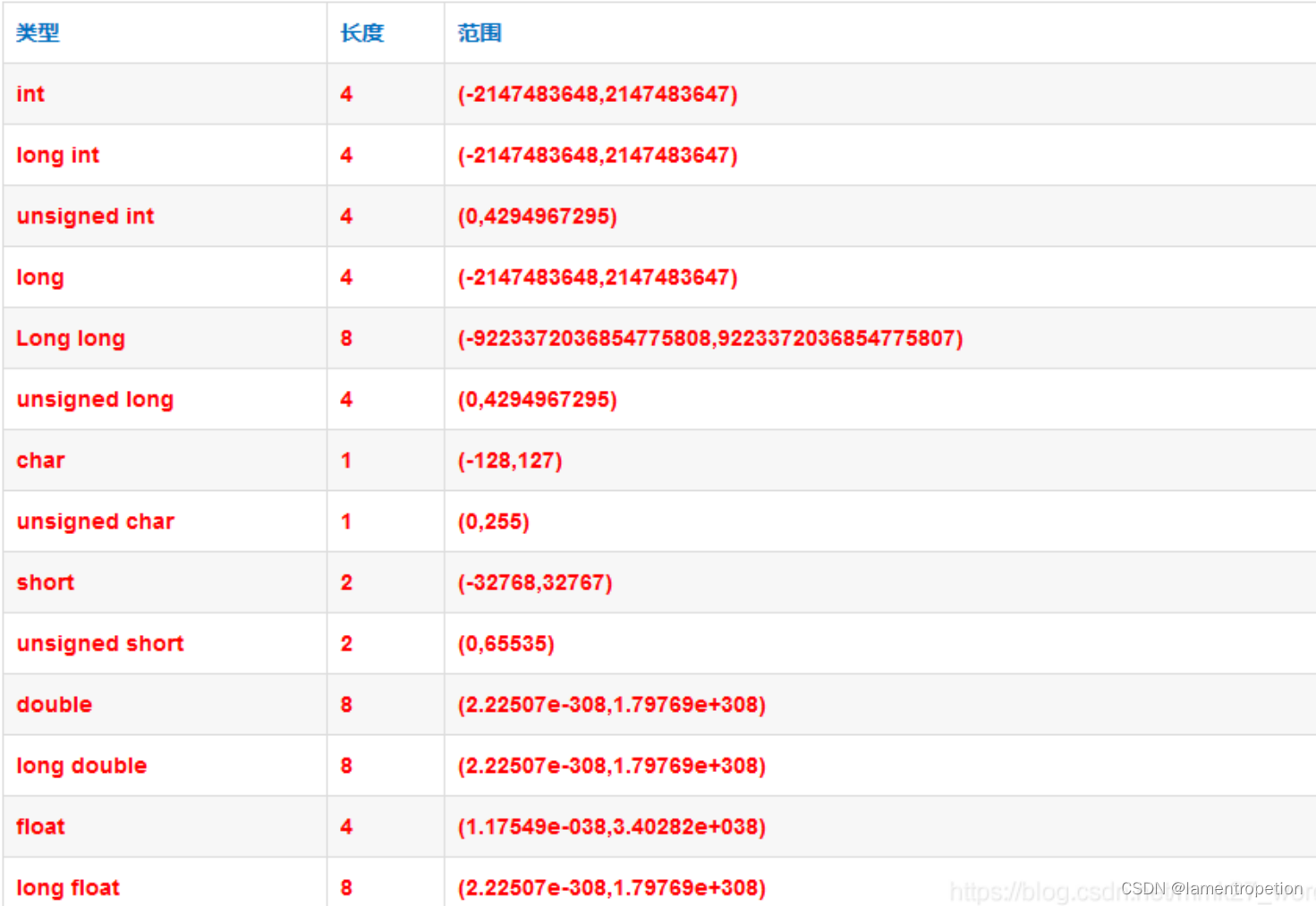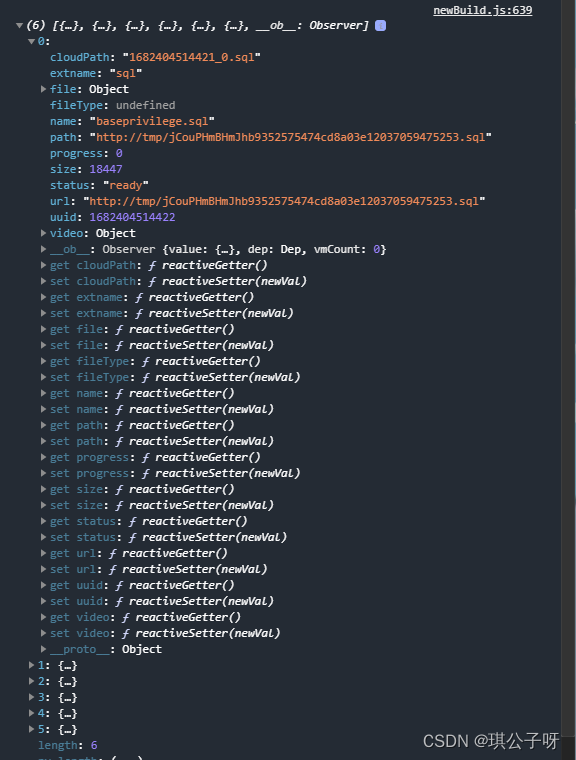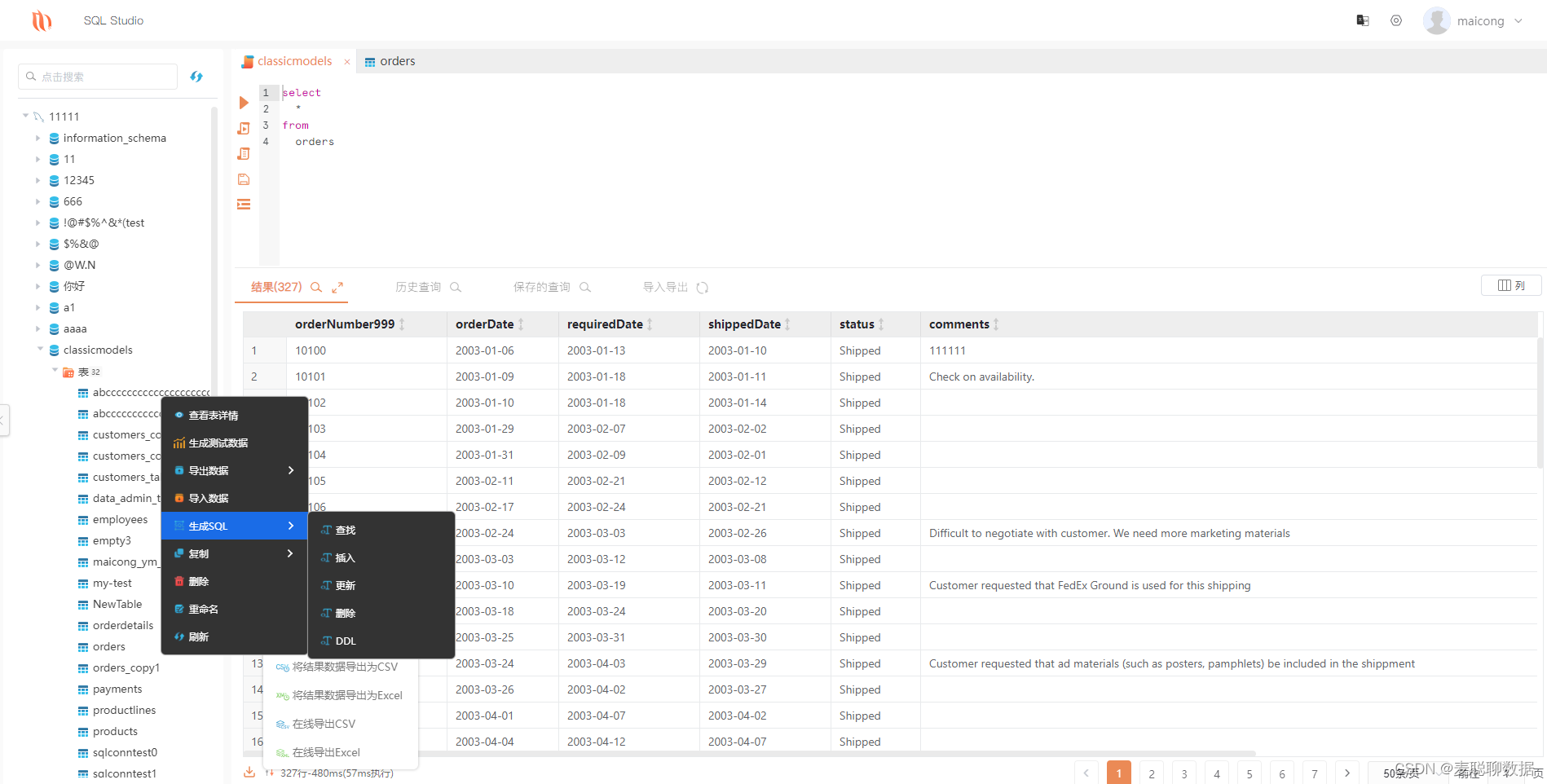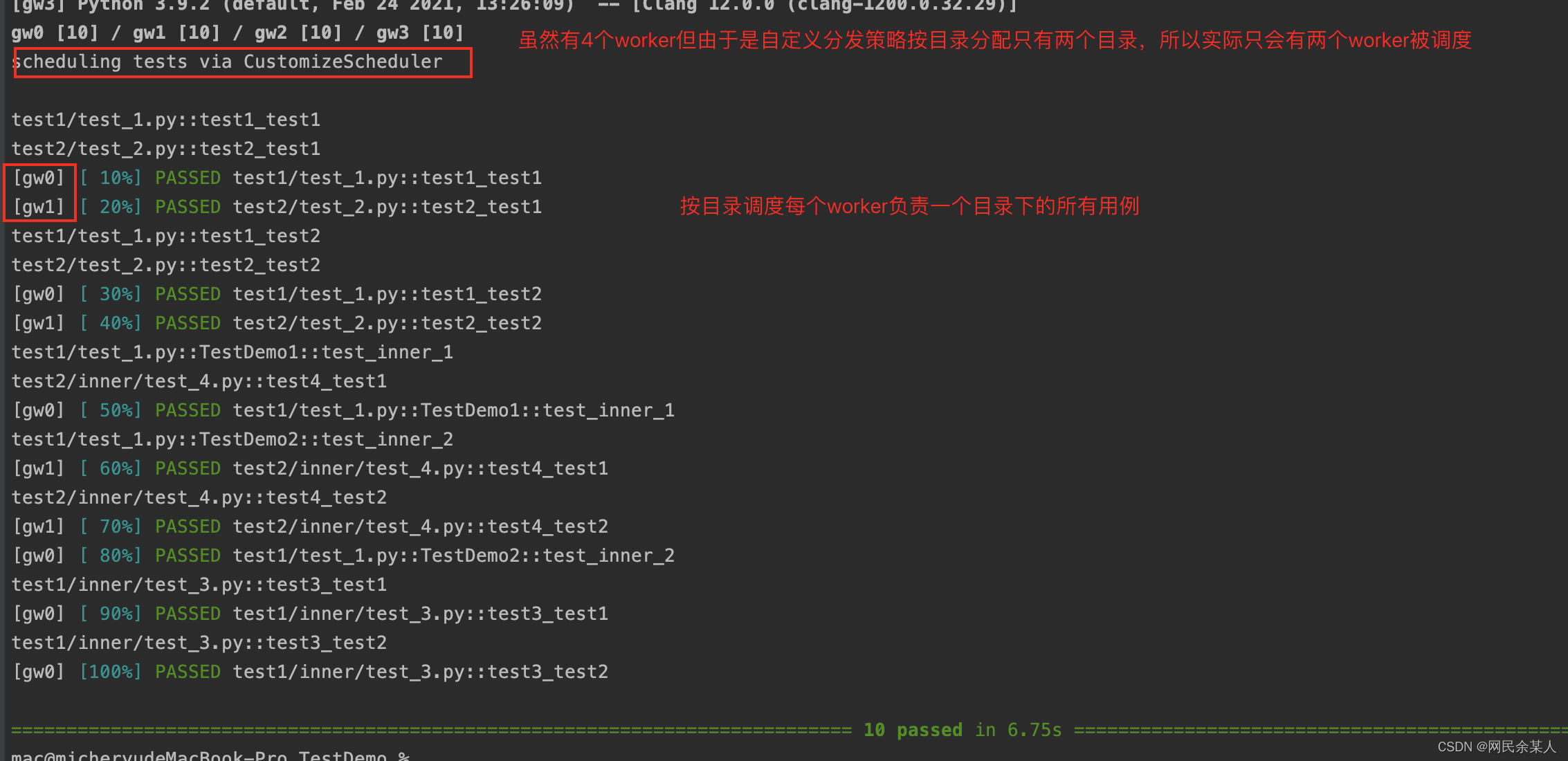在学习了顺序表,我们可能会对其有一些思考:
- 中间/头部的插入删除,时间复杂度为O(N)
- 增容需要申请新空间,拷贝数据,释放旧空间。会有不小的消耗。
- 增容一般是呈2倍的增长,势必会有一定的空间浪费。例如当前容量为100,满了以后增容到
200,我们再继续插入了5个数据,后面没有数据插入了,那么就浪费了95个数据空间。
那么有没有一些更好的结构来解决这些问题呢?这篇博客就给大家讲一讲单链表这个重要的数据结构。
⚡链表的概念及结构
链表的概念:链表是一种物理存储结构上非连续、非顺序的存储结构,数据元素的逻辑顺序是通过链表中的指针链接次序实现的 。
链表的结构: 链式结构在逻辑上是连续的,但在物理上不一定连续。

⚡单链表各接口实现
typedef int SLTDatatype;
typedef struct SListNode
{
SLTDatatype data;
struct SListNode* next;
}SLTNode;动态申请一个结点:
SLTNode* BuySLNode(SLTDatatype x)
{
SLTNode* newnode = (SLTNode*)malloc(sizeof(SLTNode));
if (newnode == NULL)
{
printf("malloc fail\n");
return 0;
}
newnode->data = x;
newnode->next = NULL;
return newnode;
}单链表的打印:
void SLPrint(SLTNode* phead)
{
SLTNode* cur = phead;
while (cur)
{
printf("%d->", cur->data);
cur = cur->next;
}
printf("NULL\n");
}单链表头插:
void SLPushFront(SLTNode** pphead, SLTDatatype x)
{
/*SLTNode* newnode = (SLTNode*)malloc(sizeof(SLTNode));
if (newnode == NULL)
{
printf("malloc fail\n");
return;
}
newnode->data = x;
newnode->next = NULL;*/
SLTNode* newnode = BuySLNode(x);
newnode->next = *pphead;
*pphead = newnode;
}单链表尾插:
void SLPushBack(SLTNode** pphead, SLTDatatype x)
{
SLTNode* newnode = BuySLNode(x);
if (*pphead == NULL)
{
*pphead = newnode;
}
else
{
SLTNode* tail = *pphead;
while (tail->next)
{
tail = tail->next;
}
tail->next = newnode;
}
}单链表头删:
void SLPopFront(SLTNode** pphead)
{
assert(*pphead);
/*if ((*pphead)->next == NULL)
{
*pphead = NULL;
}
else
{
SLTNode* tail = *pphead;
*pphead = tail->next;
}*/
SLTNode* tail = *pphead;
*pphead = tail->next;
}单链表尾删:
void SLPopBack(SLTNode** pphead)
{
assert(*pphead);
//单链表只有一个结点
if ((*pphead)->next == NULL)
{
*pphead = NULL;
}
//结点数大于1
else
{
SLTNode* tail = *pphead;
while (tail->next->next)
{
tail = tail->next;
}
tail->next = NULL;
}
}单链表查找:
SLNode* SLFind(SLNode* pphead, SLNDatatype x)
{
SLNode* tail = pphead;
while (tail != NULL)
{
if (tail->data == x)
{
return tail;
}
tail = tail->next;
}
return NULL;
}单链表pos位置处插入结点:
void SLInsert(SLNode** pphead, SLNode* pos, SLNDatatype x)
{
assert(pphead);
assert(pos);
if (*pphead == pos)
{
SLPushFront(pphead, x);
}
else
{
SLNode* tail = *pphead;
while (tail->next != pos)
{
tail = tail->next;
}
SLNode* newnode = BuySLNode(x);
tail->next = newnode;
newnode->next = pos;
}
}单链表pos位置之后插入结点:
void SLInsertAfter(SLNode* pos, SLNDatatype x)
{
assert(pos);
SLNode* newnode = BuySLNode(x);
newnode->next = pos->next;
pos->next = newnode;
}在单链表删除pos处的结点:
void SLErase(SLNode** pphead, SLNode* pos)
{
assert(pphead);
assert(*pphead);
assert(pos);
if (*pphead == pos)
{
SLPopFront(pphead);
}
else
{
SLNode* cur = *pphead;
while (cur->next != pos)
{
cur = cur->next;
}
cur->next = pos->next;
free(pos);
}
}
在单链表删除pos之后的结点:
void SLEraseAfter(SLNode* pos)
{
assert(pos);
assert(pos -> next);
pos->next = pos->next->next;
free(pos->next);
}感谢大家能够看完这篇博客,创作时长,小伙伴们觉得我的博客对你有帮助,不妨留下你的点赞的收藏,关注我,带你了解不一样的数据结构。


